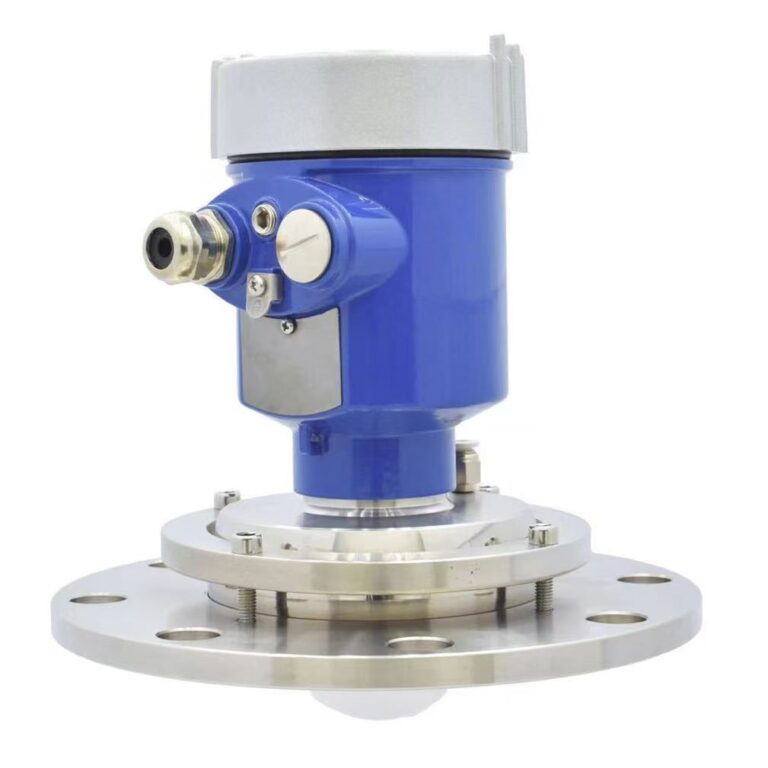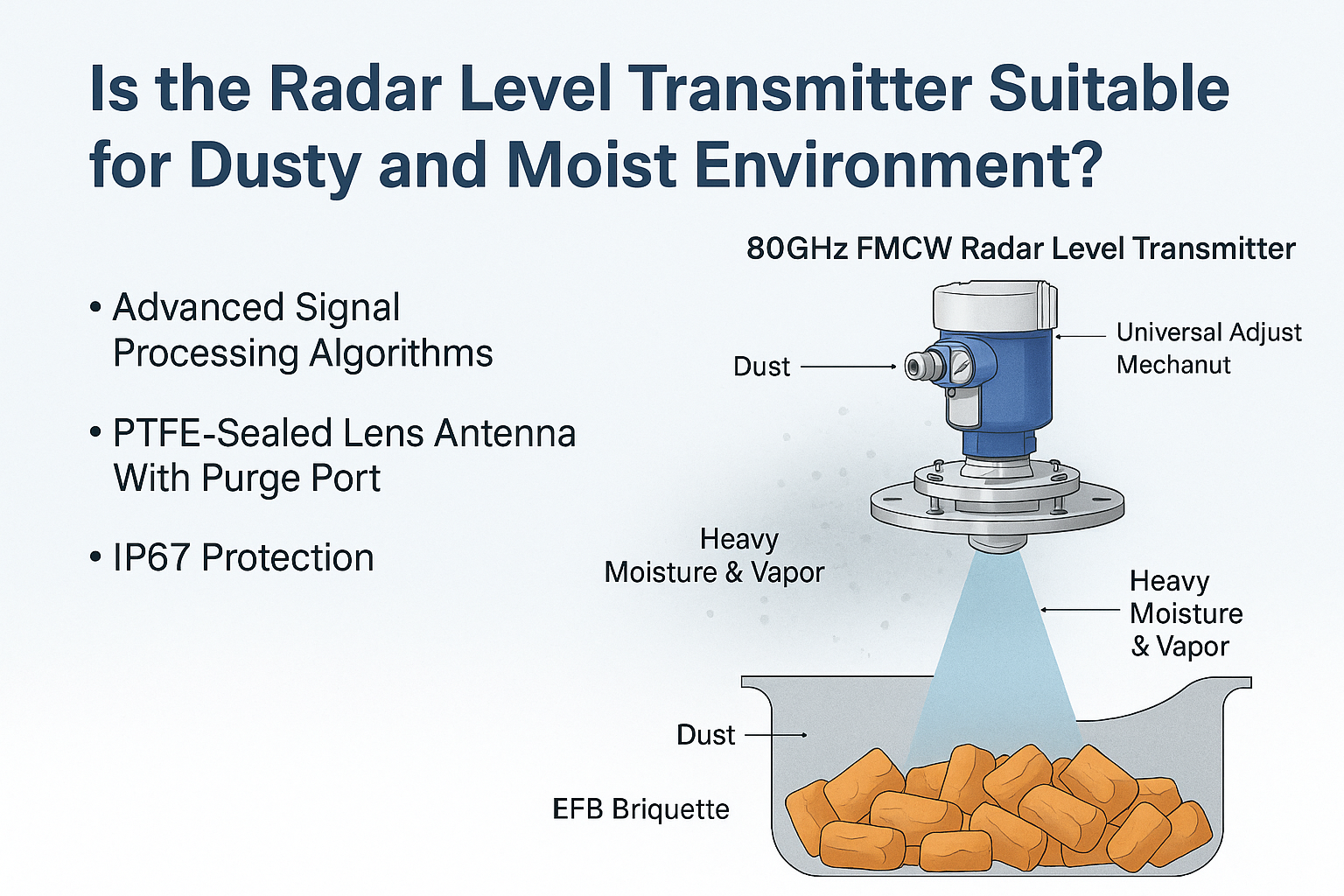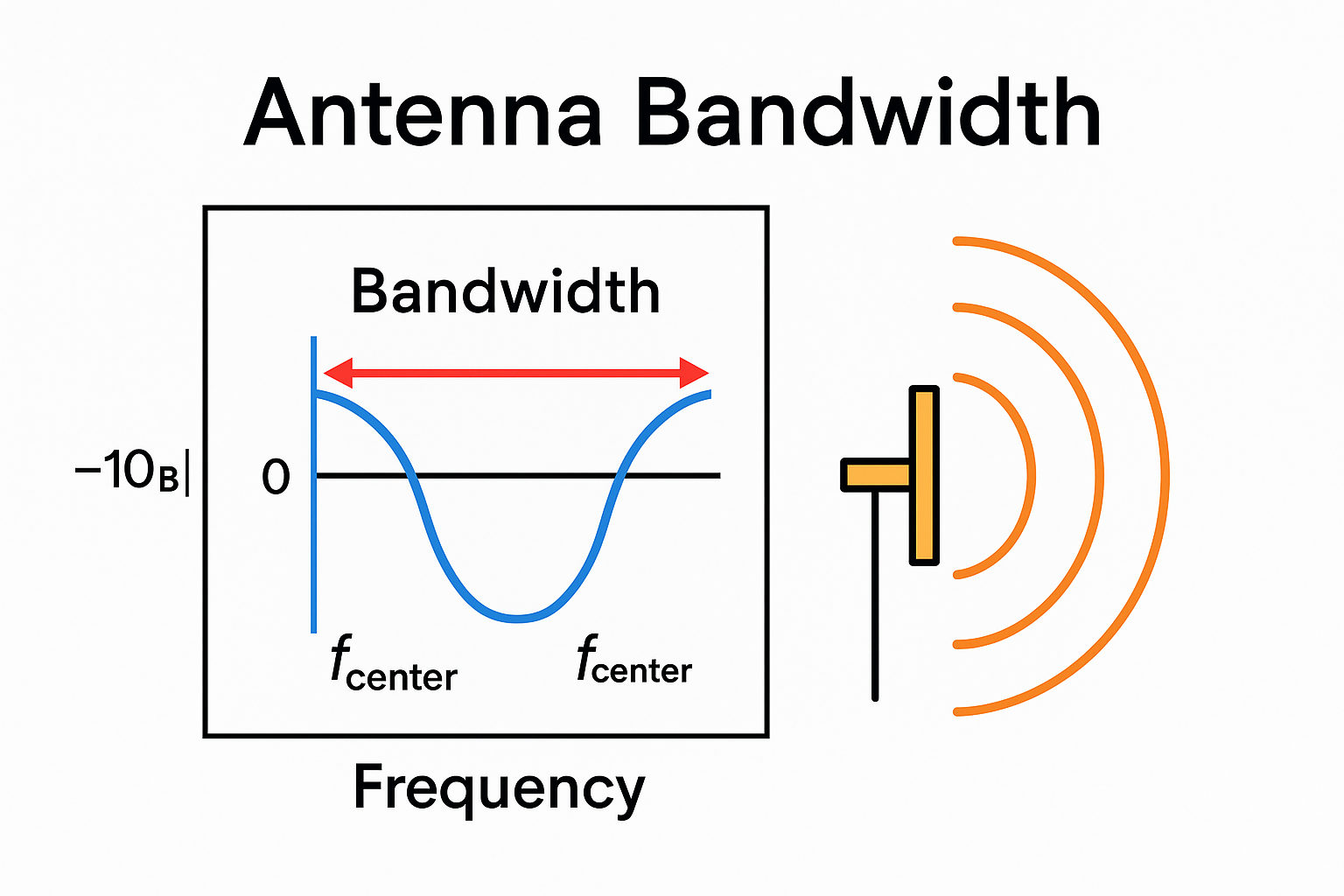Antennas are essential components in wireless communication, radar, and navigation systems. Their primary function is to convert electromagnetic waves into guided waves (such as signals in cables or waveguides) and vice versa. The performance of an antenna directly affects signal transmission quality, range, and reliability.
Among the many parameters that characterize an antenna, bandwidth is a critical one. It reflects the antenna’s ability to operate effectively over a range of frequencies. In real-world applications, selecting an antenna with a suitable bandwidth is crucial for ensuring stable system performance.

Understanding Antenna Bandwidth
All antenna parameters—both electrical and radiative—typically vary with frequency. This means that antennas are designed to work within a specific frequency range where their performance remains stable. Outside this range, parameters may degrade or distort, leading to poor performance or even system failure.
The antenna bandwidth refers to the frequency range over which key antenna parameters (such as radiation pattern and input impedance) remain within specified performance limits. When operating outside this bandwidth, these parameters may deviate beyond acceptable levels.
Antenna bandwidth can be defined in several ways, depending on the performance metrics being considered:
Types of Antenna Bandwidth
Impedance Bandwidth
The range of frequencies over which the antenna’s Voltage Standing Wave Ratio (VSWR) remains below a certain threshold (e.g., VSWR < 2) or reflection coefficient stays below a limit (e.g., -10 dB).Radiation Pattern Bandwidth
The frequency range over which the shape of the antenna’s radiation pattern remains stable. For example, in metallic dipole antennas, the main radiation direction staying perpendicular to the dipole axis indicates a stable fundamental mode radiation pattern.Gain Bandwidth
The frequency range over which the antenna’s gain in a given direction does not fluctuate beyond a set margin (e.g., ±3 dB).Axial Ratio Bandwidth
For circularly polarized antennas, this is the frequency range over which the axial ratio (a measure of polarization circularity) remains below a threshold (e.g., 3 dB) in a specific direction or beam area.

Relative Bandwidth
Antenna bandwidth is often expressed as a relative percentage of the center frequency:

When multiple performance requirements exist, the actual usable bandwidth of the antenna is determined by the narrowest of all individual bandwidths. This aligns with the principle: “The shortest plank determines the barrel’s capacity.”
Example: Circularly Polarized Antenna
Suppose a circularly polarized antenna has the following relative bandwidths:
Impedance bandwidth: 10% (VSWR < 2)
Radiation pattern bandwidth: 50%
Gain bandwidth (±3 dB): 5%
Axial ratio bandwidth (< 3 dB): 3%
In this case, the true operational bandwidth is 3%, limited by the strictest parameter (axial ratio).

Case Study: 80GHz Radar Level Transmitter
Radar level transmitters operating at 80GHz use high-frequency millimeter-wave technology. These systems benefit from:
Narrow beam angles
Highly focused energy
Superior measurement resolution
Typical bandwidth is 4–5 GHz, which enables fine differentiation between closely spaced targets, improving measurement accuracy and reliability.
